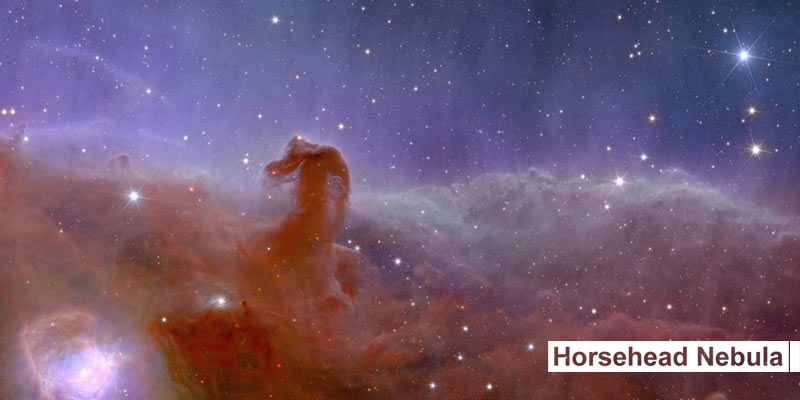- World
- Nov 15
ESA’s Euclid space telescope releases first images
• Last week, the first images from the European Space Agency’s (ESA) Euclid space telescope were released.
• Euclid was launched in July on the world's first-ever mission aiming to investigate the enduring cosmic mysteries of dark matter and dark energy.
• After joining fellow space telescope James Webb at a stable hovering spot around 1.5 million kilometres from Earth, Euclid started sending back its first observations.
Euclid mission
• Euclid is a European mission, built and operated by the European Space Agency (ESA), with contributions from National Aeronautics and Space Administration (NASA).
• ESA selected Thales Alenia Space as prime contractor for the construction of the satellite and its service module, with Airbus Defence and Space chosen to develop the payload module, including the telescope. NASA provided the detectors of the Near-Infrared Spectrometer and Photometer (NISP). Euclid is a medium-class mission in ESA’s Cosmic Vision Programme.
• The Euclid Consortium comprises more than 2,000 scientists from 13 European nations, the US, Canada and Japan.
• Over six years Euclid will survey one third of the sky with unprecedented accuracy and sensitivity.
• Euclid will create the largest, most accurate 3D map of the Universe, with the third dimension representing time itself.
• The ESA has dubbed Euclid its “dark universe detective”, charged with investigating why 95 per cent of the universe appears to be made up of dark matter and dark energy, which we know very little about.
Why is it named Euclid?
Euclid is named after the Greek mathematician Euclid of Alexandria, who lived around 300 BC and founded the subject of geometry. As the density of matter and energy is linked to the geometry of the universe, the mission was named in his honour.
Euclid’s first images
The release of the first set of images showcases that Euclid’s telescope and instruments are performing extremely well and that astronomers can use Euclid to study the distribution of matter in the Universe and its evolution at the largest scales.
Combining many observations of this quality covering large areas of the sky will show us the dark and hidden parts of the cosmos.
i) The Perseus Cluster of galaxies
The image shows 1000 galaxies belonging to the Perseus Cluster, and more than 100,000 additional galaxies further away in the background. This is the first time that such a large image has allowed us to capture so many Perseus galaxies in such a high level of detail. Perseus is one of the most massive structures known in the Universe, located 240 million light-years away from Earth. Many of these faint galaxies were previously unseen. Some of them are so distant that their light has taken 10 billion years to reach us. By mapping the distribution and shapes of these galaxies, cosmologists will be able to find out more about how dark matter shaped the Universe that we see today.
ii) Spiral galaxy IC 342
One of the first galaxies that Euclid observed is nicknamed the ‘Hidden Galaxy’, also known as IC 342 or Caldwell 5. With its infrared view, Euclid has already uncovered crucial information about the stars in this galaxy, which is a look-alike of our Milky Way.
iii) Irregular galaxy NGC 6822
To create a 3D map of the Universe, Euclid will observe the light from galaxies out to 10 billion light-years. Most galaxies in the early Universe don’t look like the quintessential neat spiral, but are irregular and small. They are the building blocks for bigger galaxies like our own, and we can still find some of these galaxies relatively close to us. This first irregular dwarf galaxy that Euclid observed is called NGC 6822 and is located close by, just 1.6 million light-years from Earth.
iv) Globular cluster NGC 6397
Another image shows Euclid’s view on a globular cluster called NGC 6397. This is the second-closest globular cluster to Earth, located about 7800 light-years away. Globular clusters are collections of hundreds of thousands of stars held together by gravity. Currently no other telescope than Euclid can observe an entire globular cluster in one single observation, and at the same time distinguish so many stars in the cluster.
v) The Horsehead Nebula
Euclid shows a spectacularly panoramic and detailed view of the Horsehead Nebula, also known as Barnard 33 and part of the constellation Orion. In Euclid’s new observation of this stellar nursery, scientists hope to find many dim and previously unseen Jupiter-mass planets in their celestial infancy, as well as young brown dwarfs and baby stars.
Manorama Yearbook app is now available on Google Play Store and iOS App Store

